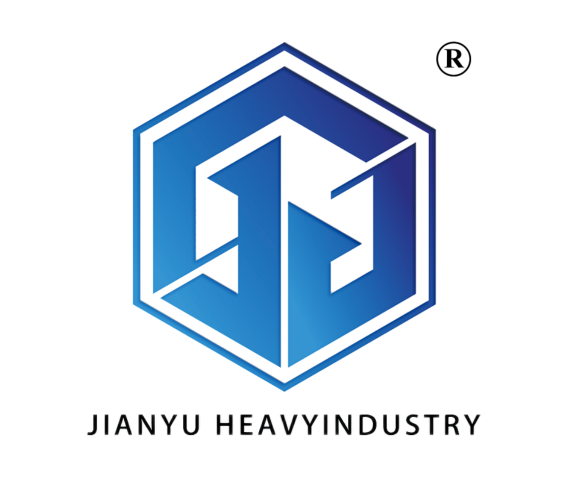blower for aquaculture
The blower for aquaculture represents a crucial piece of equipment designed to maintain optimal oxygen levels in aquatic environments. This sophisticated system operates by forcing compressed air through diffusers, creating a consistent and efficient oxygen distribution throughout water bodies. The technology incorporates advanced impeller designs that maximize air output while minimizing energy consumption, typically achieving efficiency rates of up to 85%. Modern aquaculture blowers feature variable speed drives, allowing operators to adjust airflow based on specific oxygen demands and environmental conditions. These units are constructed with corrosion-resistant materials, ensuring longevity in humid environments, and incorporate thermal protection systems to prevent overheating during continuous operation. The applications span various aquaculture settings, from indoor recirculating aquaculture systems (RAS) to outdoor pond installations, supporting the growth of fish, shrimp, and other aquatic species. The blowers are equipped with precision monitoring systems that provide real-time data on airflow rates, pressure levels, and system performance, enabling operators to maintain optimal conditions for aquatic life. Their modular design facilitates easy maintenance and scaling of operations, making them suitable for both small-scale farms and large commercial installations.



